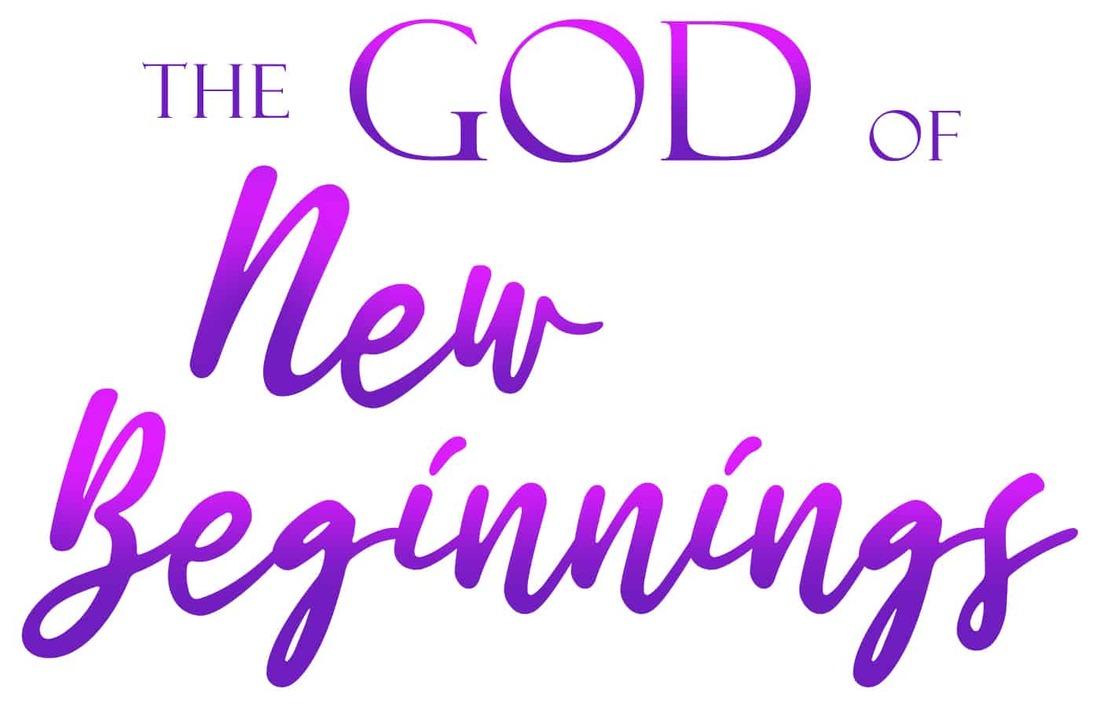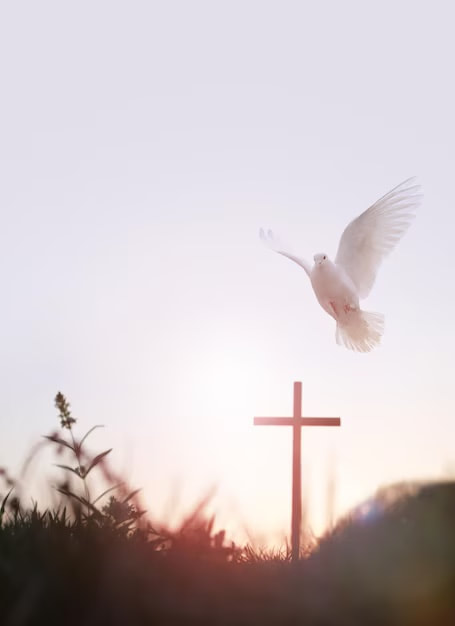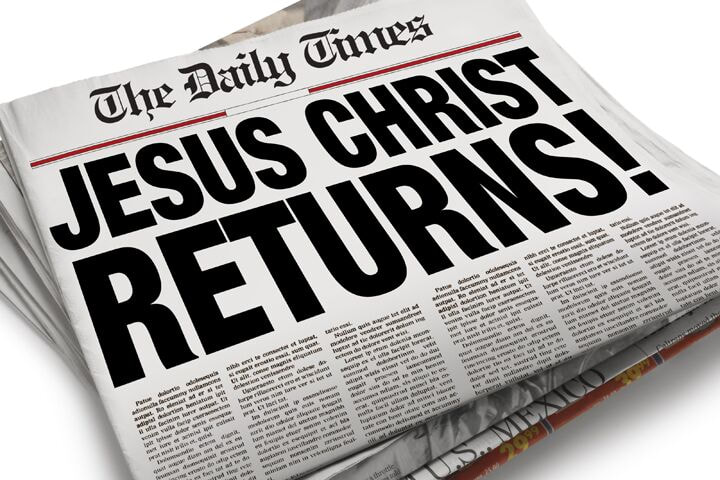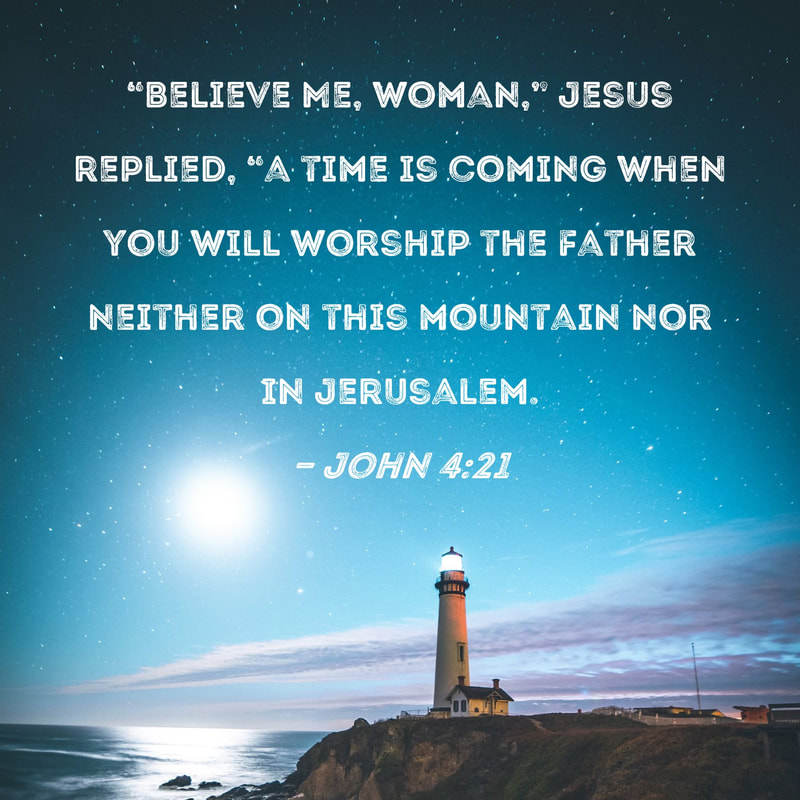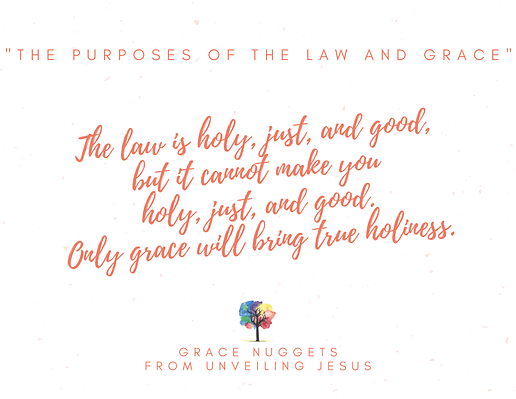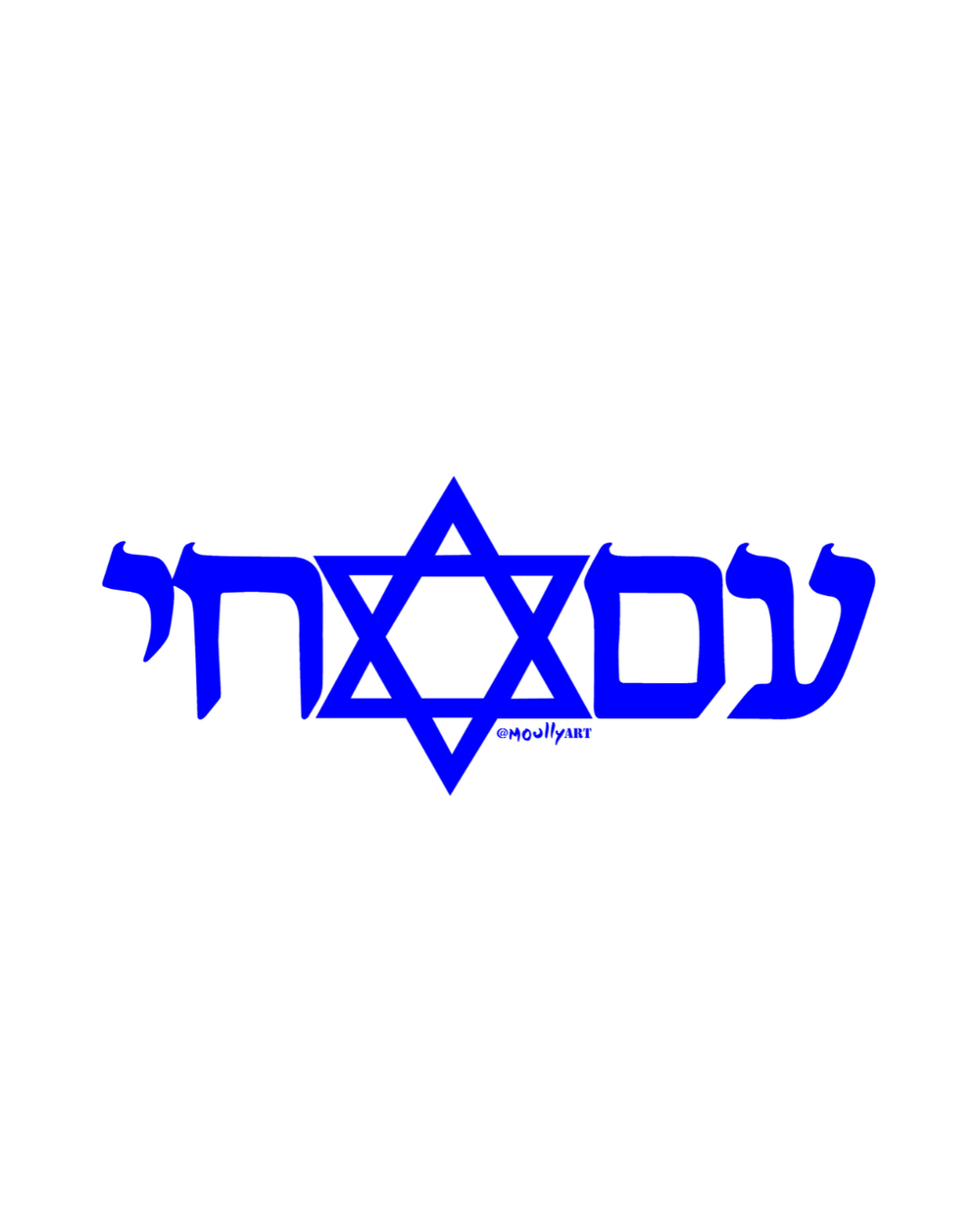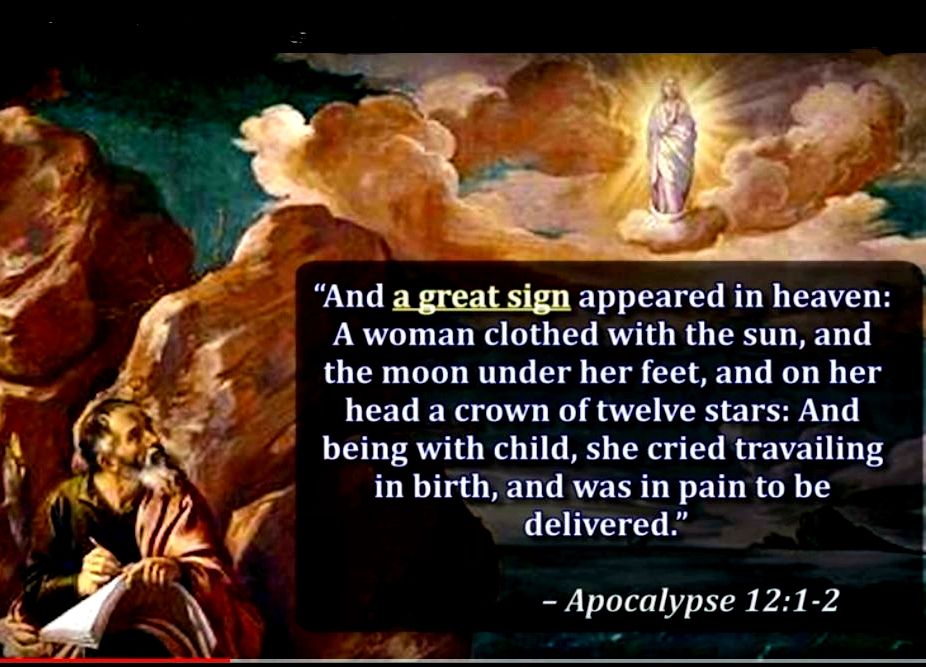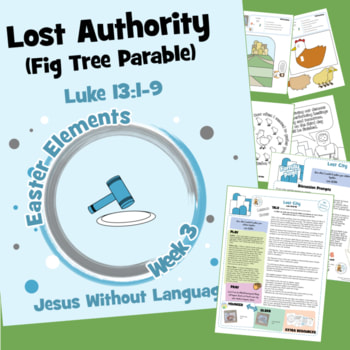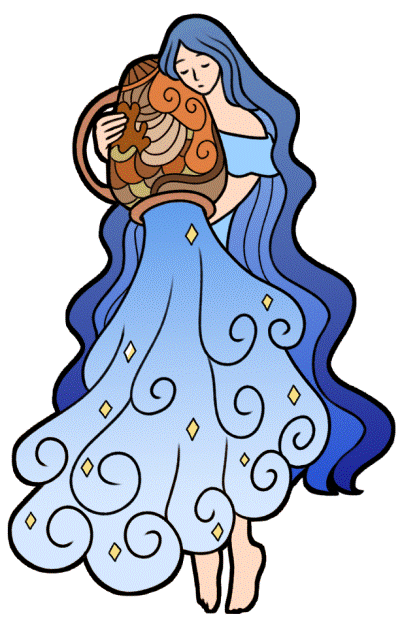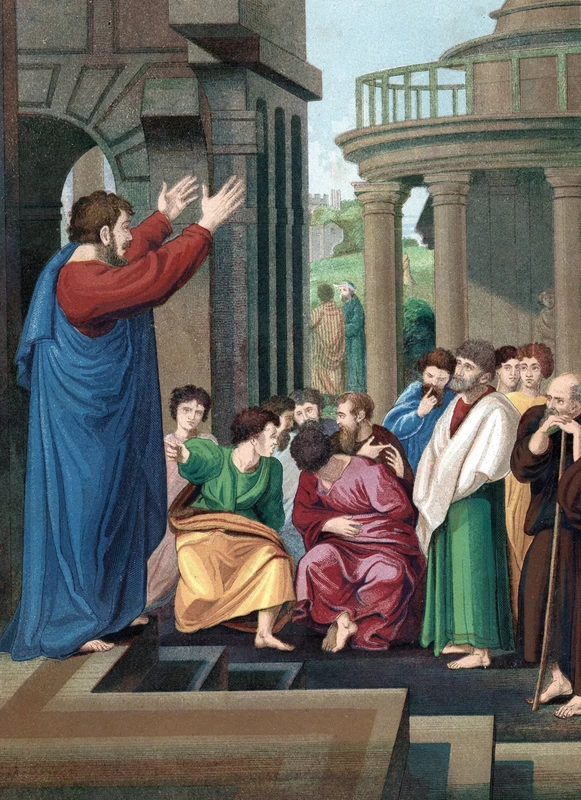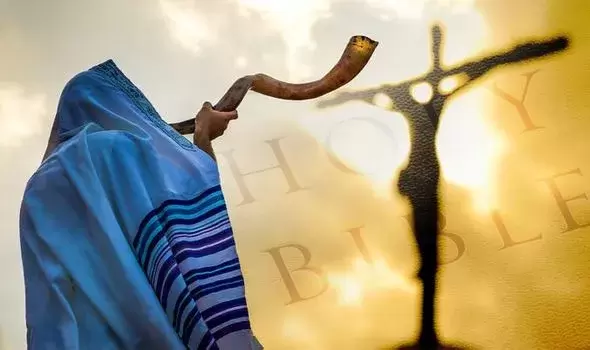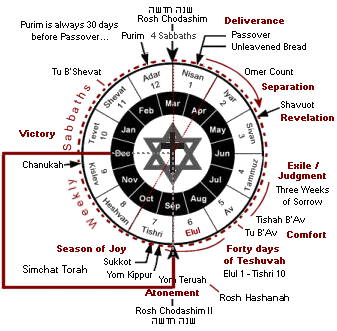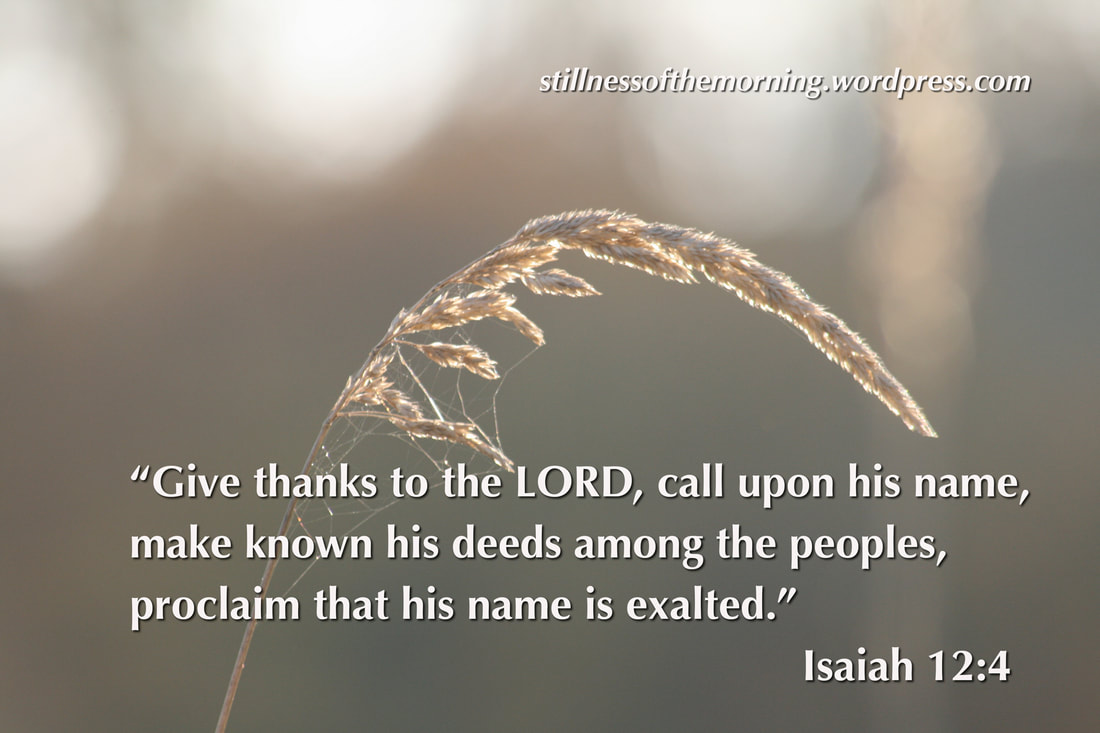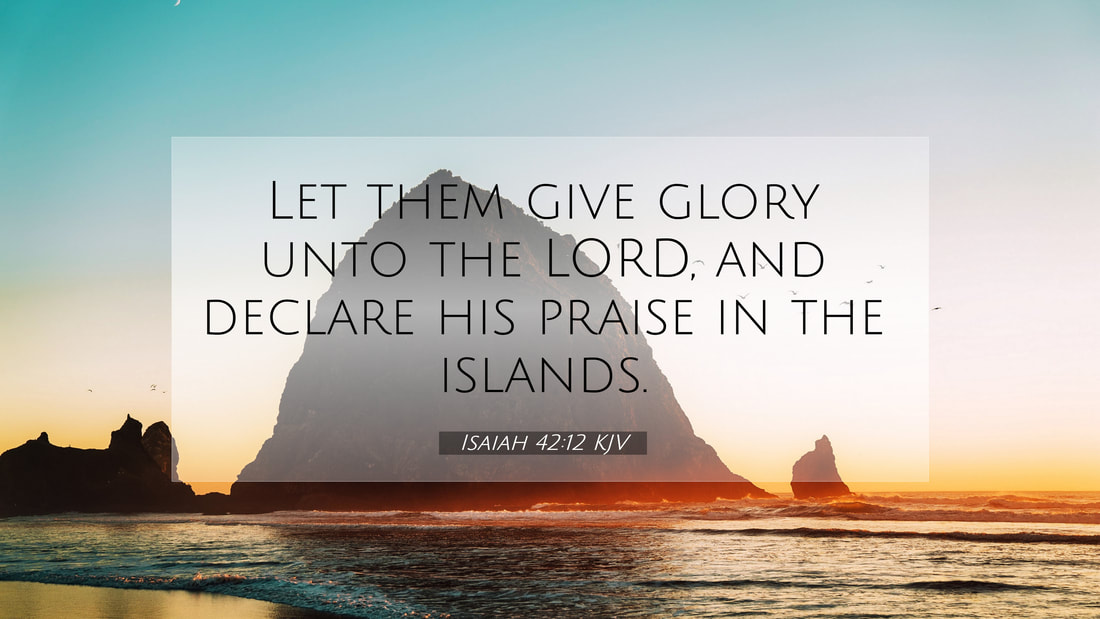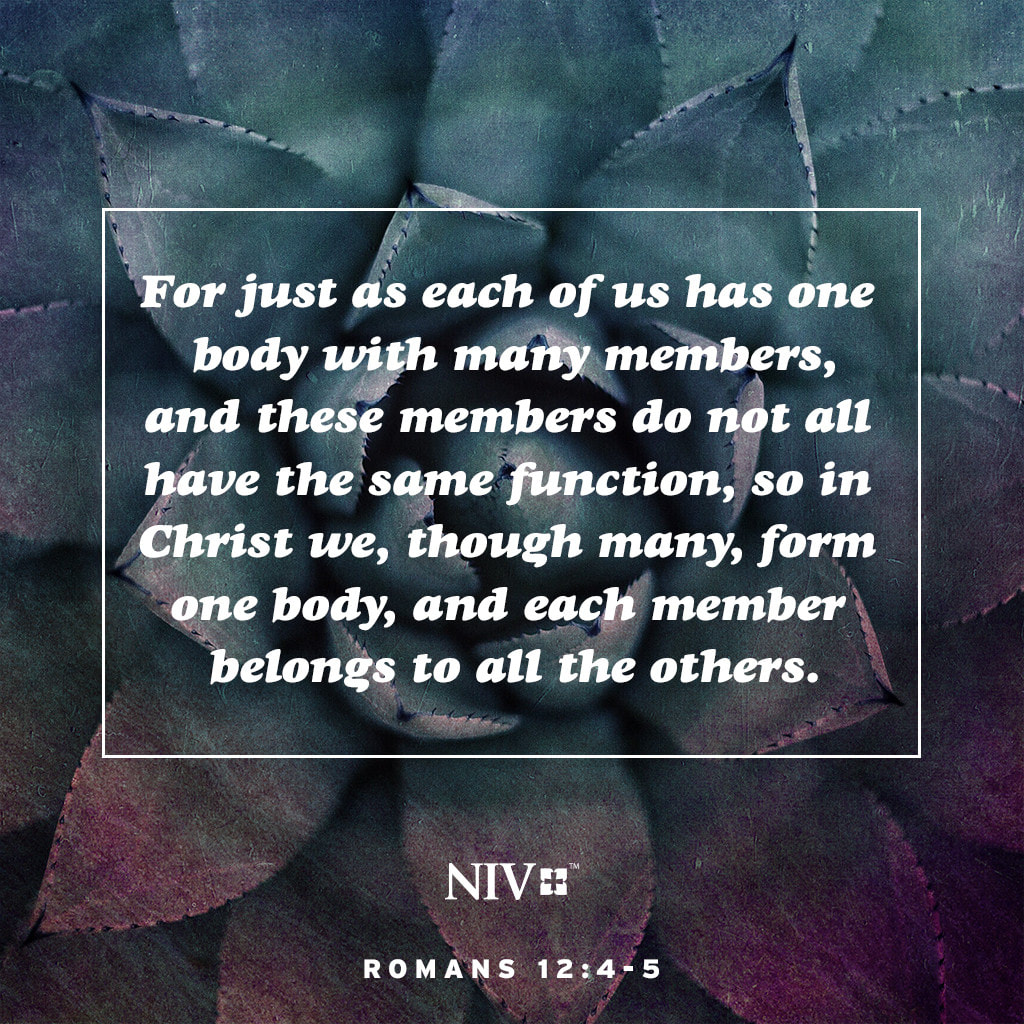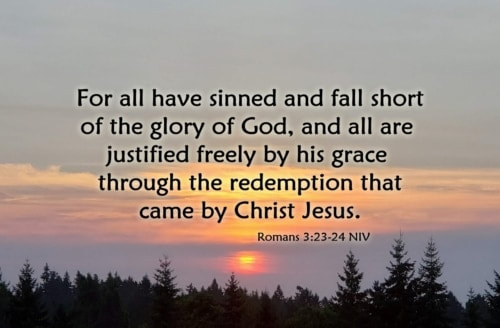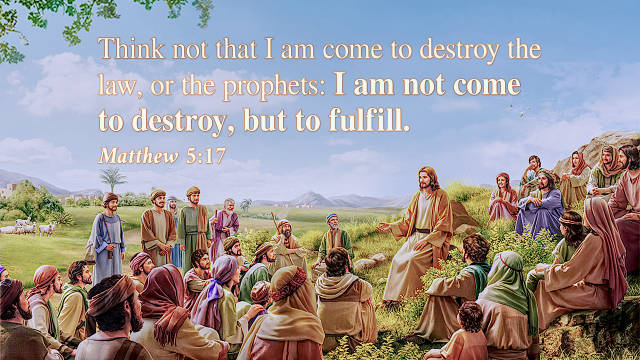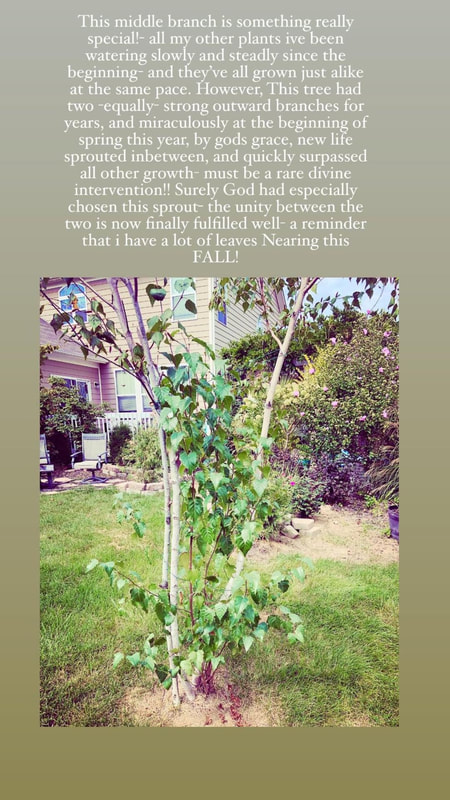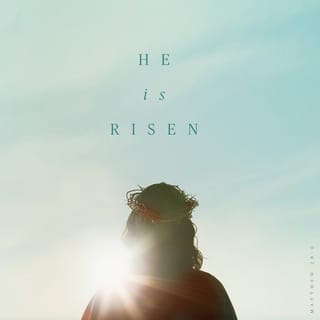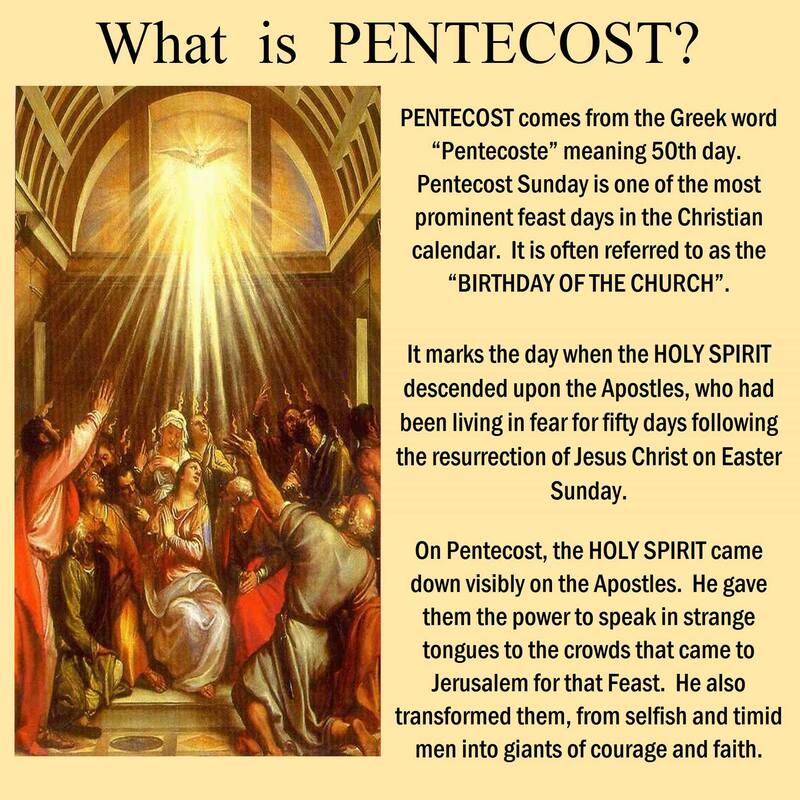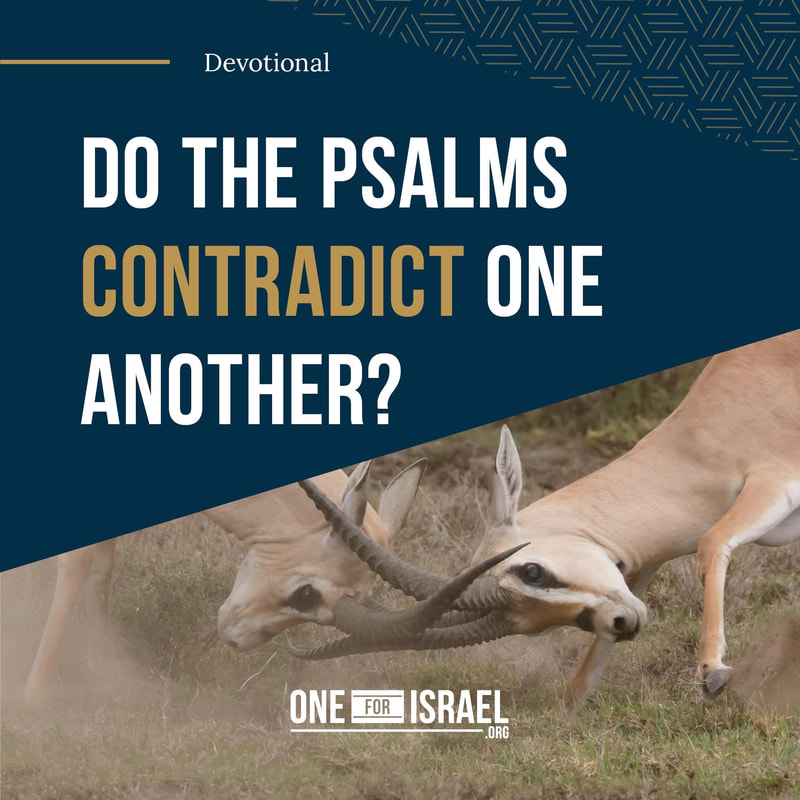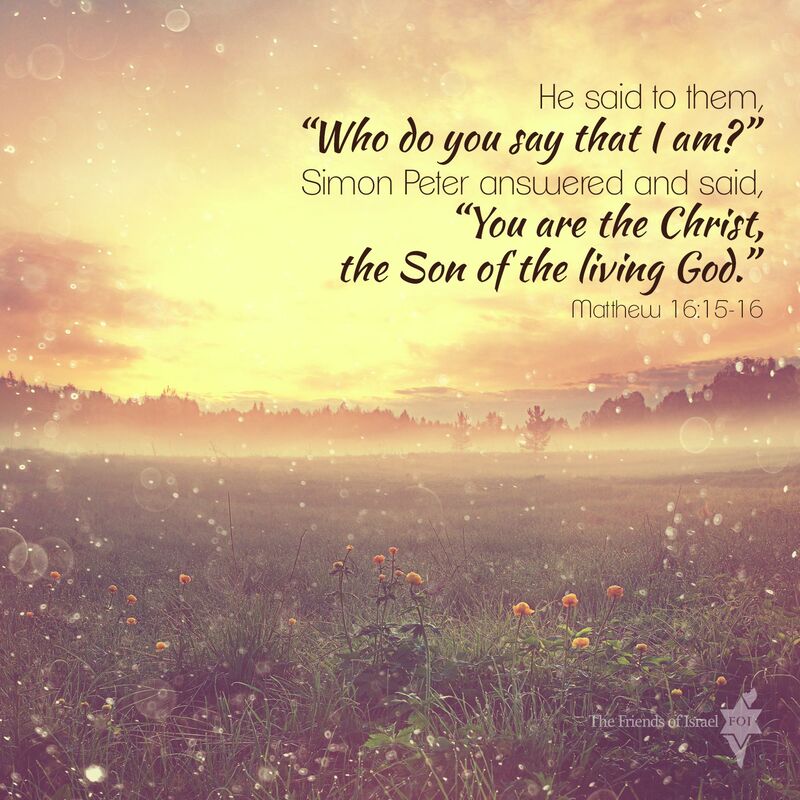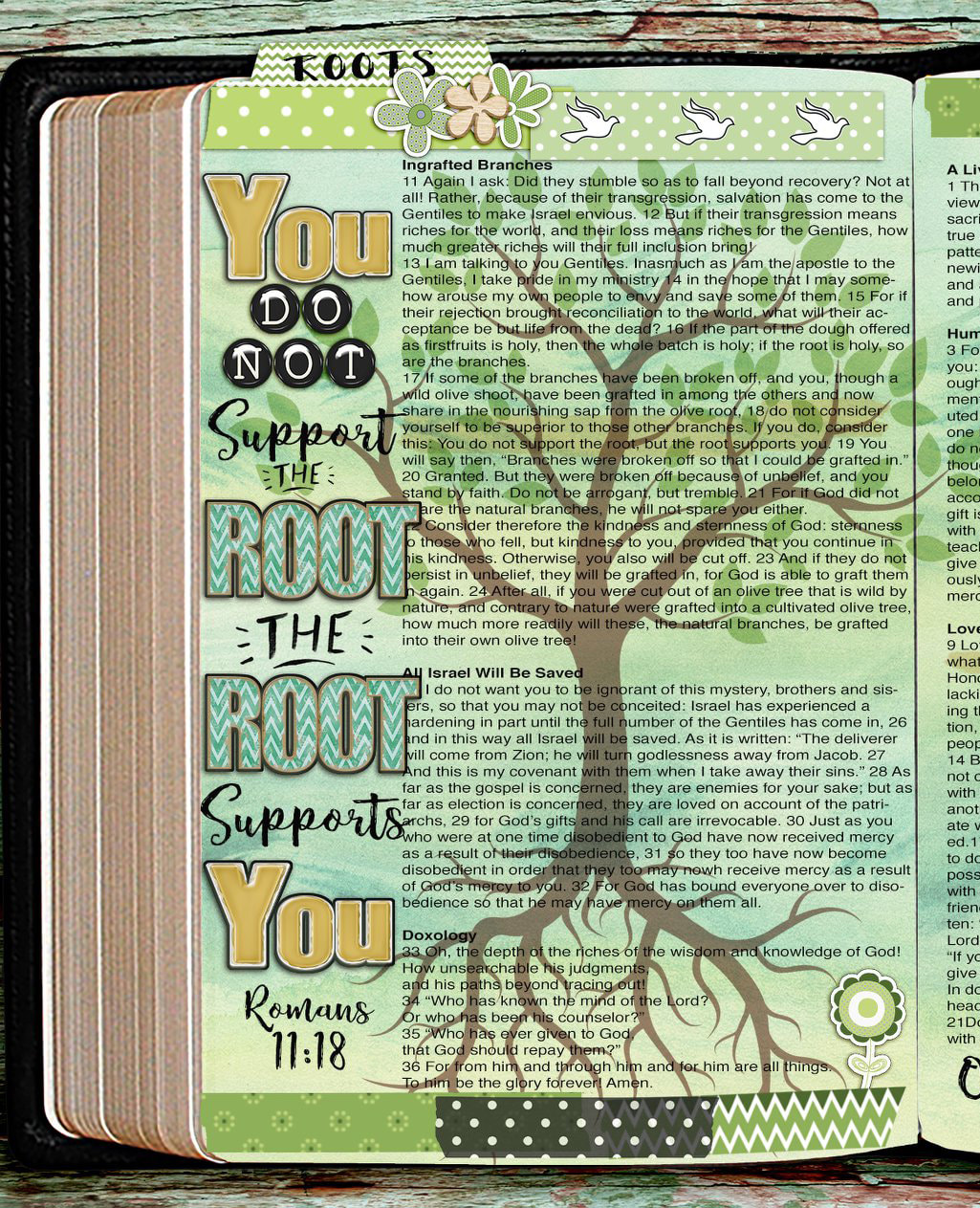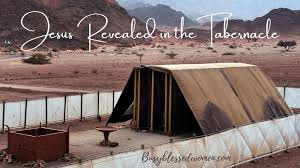Some of those “other matters” were taken up when the new arrangement became more stable, and Gamaliel II became the leader at Yabneh, around 80. This passage, from the late but seemingly credible Babylonian Talmud, tells how the daily prayers were expanded by a new addition, intended to deal with the problem of the Jesus sect.1
Rabban Gamaliel said to the sages, Is there no one who knows how to compose a Benediction against the minim?2 Samuel the Less stood up and composed it:
“For the apostates let there be no hope. And let the arrogant government be speedily uprooted in our days. Let the Nozrim3 and the minim be destroyed in a moment, and let them be blotted out of the Book of Life and not be inscribed together with the righteous. Blessed art thou, O Lord, who humblest the arrogant.”
157
1This is a delicate matter, one on which many on both sides are presently in denial. For a careful account, and to me a convincing one, see Martyn History 46-66.
2A cover term for “heretics;” the word “Christians” never occurs in the Mishnah.
3Usually interpreted as “Nazarenes,” that is, Christians. But it more likely represents the Nazoreans or followers of John the Baptist, the other Messianic sect.
The “arrogant government” is probably not that of occupying Rome, but rather the arrogant Jesus sectarians, who had dared to take the leadership role, in reinterpreting the Scriptures against the traditional understanding.
The Book of Life: the list of those who are to be saved, was a common conception. Paul, writing to Timothy, his associate and “true yokefellow,” and asking him to reconcile two feuding women at Philippi, mentions it:
I entreat Euodia, and I entreat Syntyche, to be of the same mind in the Lord. Yea, I beseech thee also, true yokefellow: Help these women, for they labored with me in the Gospel, with Clement also, and the rest of my fellow-workers, whose names are in the Book of Life. (Philippians 4:2-3)
“ Life” here is life eternal, the reward of the righteous.
To pray for the eternal damnation of the sect to which one belonged was not a viable option for any Jesus follower. At the same time, to refuse synagogue prayers was to refuse synagogue fellowship. Those synagogues to which news
4 ofthisnewprayercame,andwhichadoptedit, werenolongeropentoJesus
followers. But once the Jesus followers left the synagogue and the fellowship of the Jews, they also forfeited the Jewish exemption from Emperor worship, and were liable to the death penalty which was the cost of refusing it.
Who exactly were excluded by this new prayer? It is natural to read Nozrim as “Nazarenes,” but then, who were the separately named minim (the heretics)? It seems that the John the Baptist sect (which, with the Jesus followers, was the other major Messianic sect at this period) were called Nazoreans in early times, and their tradition implies that they were expelled from Jerusalem at some point, leading to a search for refuge which ended up in present-day Iran and Iraq, where many Mandaeans still reside. If so, then the plain “minim” may have been the more visible Jesus sect, which unlike the Baptists had been making converts among the Gentiles (yet another source of offense to more traditional Jews). The Jesus people were an irritation in the synagogues, and their success in attracting converts made them a rival of mainstream Judaism.
So here at last the question comes to a head: Who owns Judaism?
We have seen the use of excommunication by the Jesus groups, as a way of removing from their fellowship those whose erroneous thinking was considered to endanger the faith of others. Here, as far as the available evidence suggests, is the largest instance of excommunication in early times.
Its effects were profound.
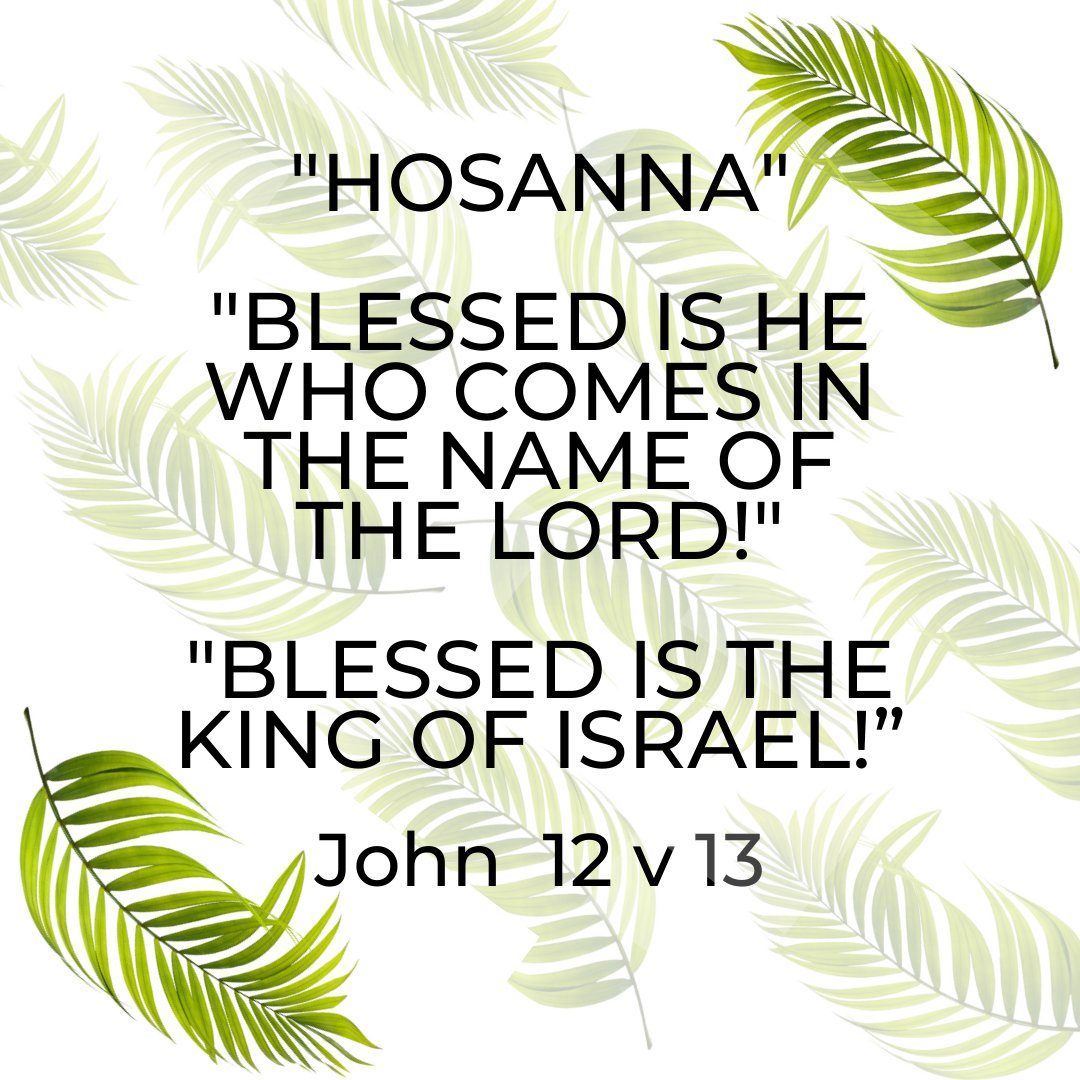
 RSS Feed
RSS Feed



